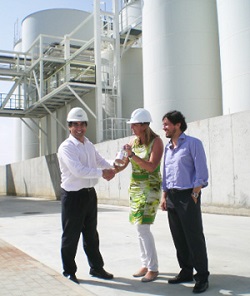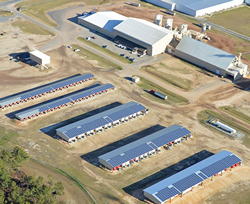U.S. Department of Agriculture Secretary Tom Vilsack was in Ames, Iowa this week and while there gave remarks during the Iowa Farm Bureau’s (#IFBF13) 2013 Economic Summit. The standing room only crowd wanted to hear what Vilsack would say regarding the Renewable Fuel Standard (RFS) and the Farm Bill.
 Vilsack was not complementary of the current Congress saying that they only work when there is a crisis. He used the fiscal cliff as an example. Currently, Congress is reviewing the RFS and the Senate and House have not come to terms on a Farm Bill, or “food, fuel and jobs bill. He said that the RFS was working, and needs to stay in place.
Vilsack was not complementary of the current Congress saying that they only work when there is a crisis. He used the fiscal cliff as an example. Currently, Congress is reviewing the RFS and the Senate and House have not come to terms on a Farm Bill, or “food, fuel and jobs bill. He said that the RFS was working, and needs to stay in place.
Vilsack said that Congress needs to do the work now on the Farm Bill and the agricultural industry must not succumb to an extension of the current bill because this rewards failure. He also noted that the ag industry deserves a Congress who understands the importance of agriculture.
The Farm Bill, said Vilsack, is not just a food bill. It is a jobs bill, an energy bill, a research bill and an innovation bill, its a conservation bill, its an entrepreneurial bill. Without all of the above, the U.S. will lose its place as the leader in agriculture. It’s all of these things.
Listen to UDSA Secretary Tom Vilsack’s remarks here: Vilsack: Congress Only Works During Crisis












